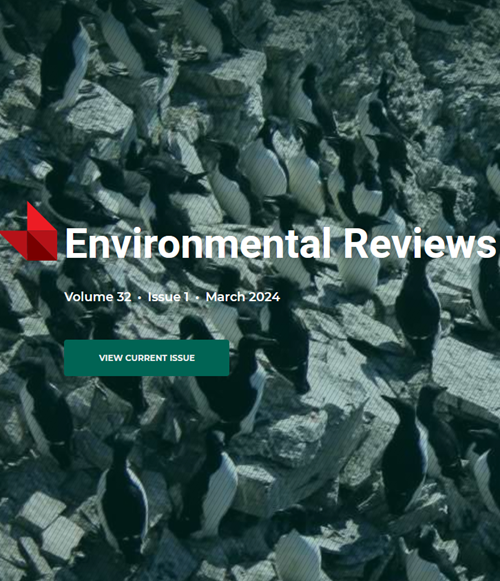Cadmium pollution of water, soil, and food: a review of the current conditions and future research considerations in Latin America.
IF 5.1
3区 环境科学与生态学
Q2 ENVIRONMENTAL SCIENCES
引用次数: 6
Abstract
The presence of cadmium (Cd) in Latin American produced food has been in the spotlight in recent years. Regarding food safety, this element can be toxic to humans at low exposure levels, and its monitoring is a question of public health. Cadmium concentrations from different sources, such as water, soil, sediments, food and beverages were examined and discussed to address the non-occupational exposure of the Latin American population. A literature review was conducted, which considered publications from 2015 to 2020 and available in the ScienceDirect and PubMed databases. Twenty-eight papers were considered for Cd in water, forty-nine for Cd in soil and sediments, and eighty-six for Cd in food. We identify and discuss factors affecting Cd environmental behavior and bioaccumulation, the main species used in monitoring studies, and the necessity for future research. Brazil and Mexico are the countries with the most available information, whereas for some countries in Central America, no information was found. The Cd levels in food examined in these studies (mostly fish and cacao) were generally below the established maximum levels, indicating a low risk. When considering the presence of Cd in food, water, and soil, Cd fractionation and chemical speciation studies are fundamental to understand which Cd species are the most toxic. In turn, studies on bioaccessibility and bioavailability of Cd in food are also needed for more adequate risk assessment but they are currently scarce in all of Latin America.水、土壤和食物的镉污染:拉丁美洲现状和未来研究考虑的综述。
近年来,拉丁美洲生产的食品中镉的存在一直备受关注。关于食品安全,这种元素在低暴露水平下可能对人类有毒,其监测是一个公共卫生问题。对水、土壤、沉积物、食品和饮料等不同来源的镉浓度进行了检查和讨论,以解决拉丁美洲人口的非职业接触问题。进行了文献综述,考虑了2015年至2020年的出版物,可在ScienceDirect和PubMed数据库中获得。考虑了28篇关于水中镉的论文,49篇关于土壤和沉积物中的镉,86篇关于食品中的镉。我们确定并讨论了影响镉环境行为和生物累积的因素,监测研究中使用的主要物种,以及未来研究的必要性。巴西和墨西哥是可获得信息最多的国家,而中美洲的一些国家则没有找到任何信息。这些研究中检测的食物(主要是鱼类和可可)中的镉含量通常低于既定的最高水平,表明风险较低。当考虑到食物、水和土壤中镉的存在时,镉的分馏和化学形态研究是了解哪些镉物种毒性最大的基础。反过来,还需要对食品中镉的生物可及性和生物利用度进行研究,以进行更充分的风险评估,但目前在整个拉丁美洲都很少。
本文章由计算机程序翻译,如有差异,请以英文原文为准。
求助全文
约1分钟内获得全文
求助全文
来源期刊

Environmental Reviews
环境科学-环境科学
自引率
3.50%
发文量
45
期刊介绍:
Published since 1993, Environmental Reviews is a quarterly journal that presents authoritative literature reviews on a wide range of environmental science and associated environmental studies topics, with emphasis on the effects on and response of both natural and manmade ecosystems to anthropogenic stress. The authorship and scope are international, with critical literature reviews submitted and invited on such topics as sustainability, water supply management, climate change, harvesting impacts, acid rain, pesticide use, lake acidification, air and marine pollution, oil and gas development, biological control, food chain biomagnification, rehabilitation of polluted aquatic systems, erosion, forestry, bio-indicators of environmental stress, conservation of biodiversity, and many other environmental issues.
 求助内容:
求助内容: 应助结果提醒方式:
应助结果提醒方式:


